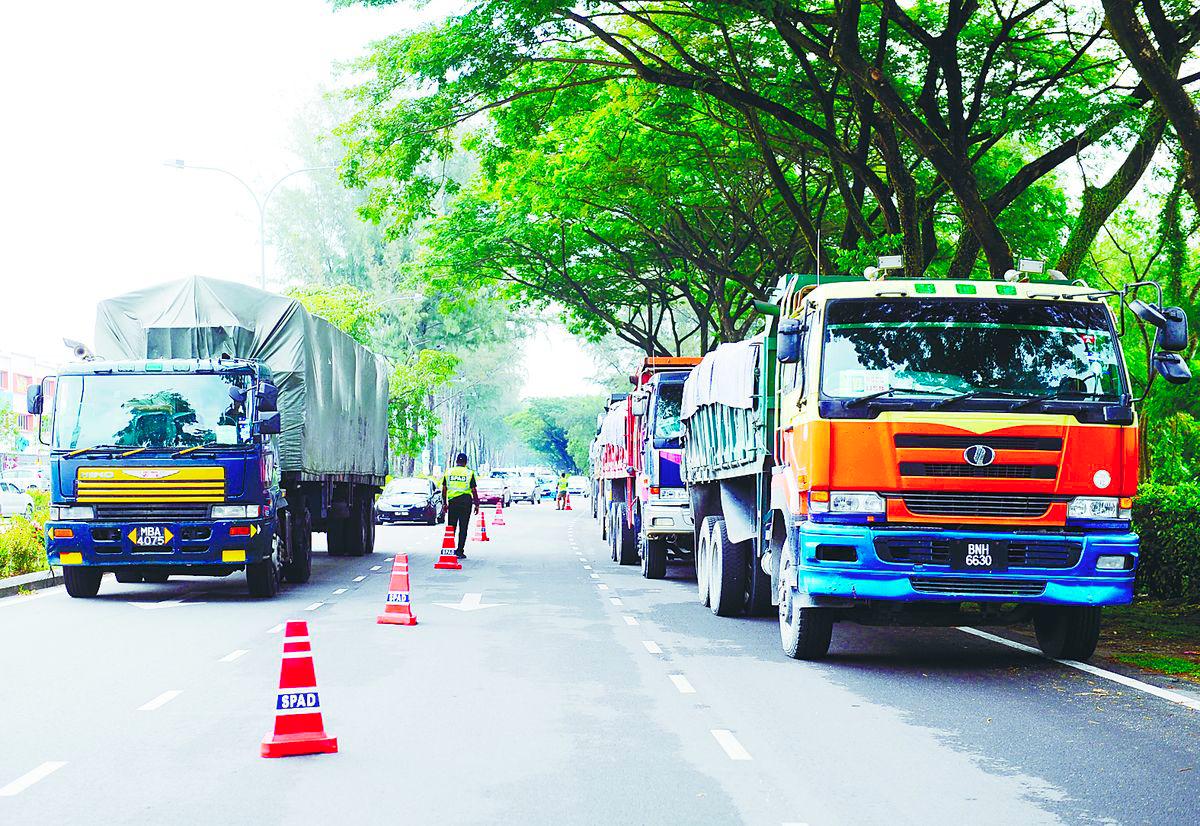THE alarm bells have been ringing for years. From the concerned voices of the public and dedicated NGOs to internal discussions within enforcement agencies, there’s a shared understanding: commercial vehicle safety on our roads remains a critical issue.
We’ve seen countless articles, heard numerous opinions and watched authorities report on their efforts. Yet, the question that haunts us is not if the problem exists, but why it remains so stubbornly difficult to address.
It’s a situation that brings to mind Albert Einstein’s famous quote: “Doing the same thing over and over again and expecting different results is insane.” This aptly describes the public’s growing frustration as we continue to grapple with persistent issues that are well known:
Lack of consistent enforcement: rules exist but consistent and strong enforcement against those who violate them seems elusive.
Drivers are often the sole scapegoats: too often, when an incident occurs, the driver bears the brunt of consequences, while the employers – who might be responsible for vehicle maintenance, demanding schedules or poor hiring practices – are rarely held accountable.
The revolving door of unsuitable drivers: drivers fired for violations or accidents often find it easy to jump to another company. Adding to this challenge, lorry associations have voiced their concern that they often lack access to proper background records of potential drivers, making it difficult to screen for past issues like criminal records or drug-related offences. This gap in information creates a loophole that compromises safety.
The pervasive issue of drug abuse: a worrying number of drivers involved in violations and accidents are found to have tested positive for drug abuse.
These problems are not secrets; they are part of our collective knowledge. So, why do they endure? Is there a lack of clarity in responsibility between agencies like the Road Transport Department and the Royal Malaysia Police? More profoundly, is it a question of lacking accountability, insufficient political will or decisive leadership to truly tackle the root causes?
We know organisations like the Malaysian Institute of Road Safety Research have diligently collected vast amounts of data. This research pinpoints contributing factors and offers insights into potential solutions. But what is the true benefit of such valuable data if it’s not being fully leveraged to drive fundamental improvements? The information is undeniably there.
For many of us, this ongoing cycle has led to a feeling of “learned helplessness.” It’s as if voicing our concerns no longer makes a difference, because the authorities are perceived as being unwilling or unable to truly bother.
The public is growing weary of seeing media reports where the police showcase the number of drug cases busted. While commendable, the pressing question remains: Why do these cases continue day in and day out? Can the same “culprits” simply restart their operations once one is discovered, suggesting a failure to dismantle the underlying networks?
To bridge this growing public trust deficit, transparency is paramount. It’s crucial for the government and relevant authorities to engage positively with the credible opinions expressed by the public in the news.
Currently, it appears that significant attention is only given when negative reports go viral and exert political pressure. When it comes to critical issues like road safety, involving matters of life and death, the public perceives a disappointing silence.
Instead of just announcing another “master plan”, perhaps relevant authorities such as the National Road Safety Council could publish tangible scorecards outlining specific targets, progress and areas needing improvement.
Such transparency would not only build public trust but also demonstrate genuine accountability and a commitment to measurable results.
While we acknowledge the efforts made by various authorities, the time has come for a serious re-evaluation of the approach. We need to move beyond addressing symptoms and confront the fundamental issues of accountability, leadership and political will to enact lasting change.
Our collective safety demands more than repeated actions with unchanged outcomes; it demands a new strategy rooted in decisive leadership, greater transparency and a genuine commitment to addressing the real culprits behind our persistent road safety nightmare.









